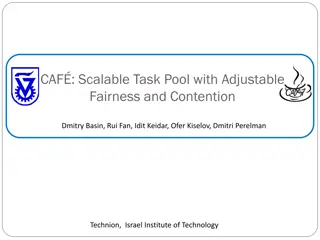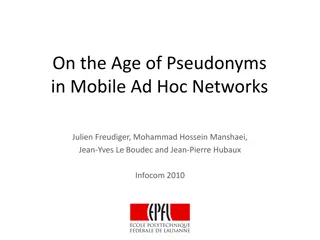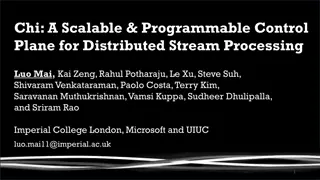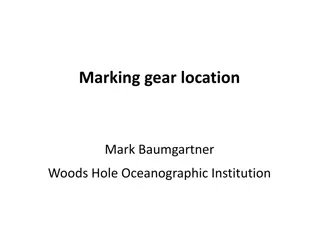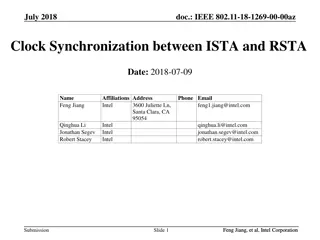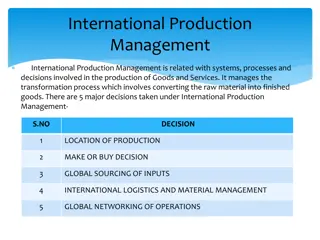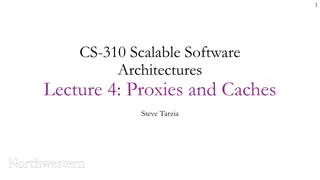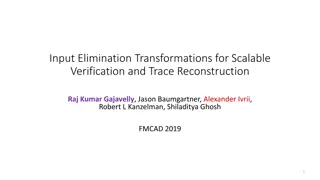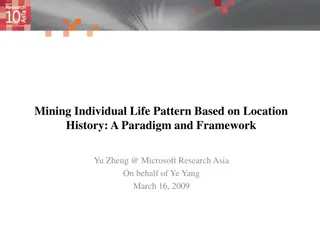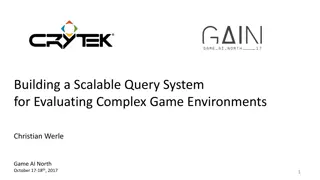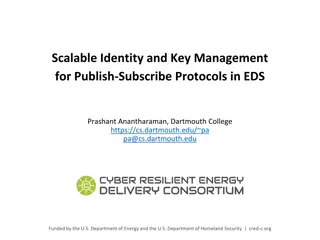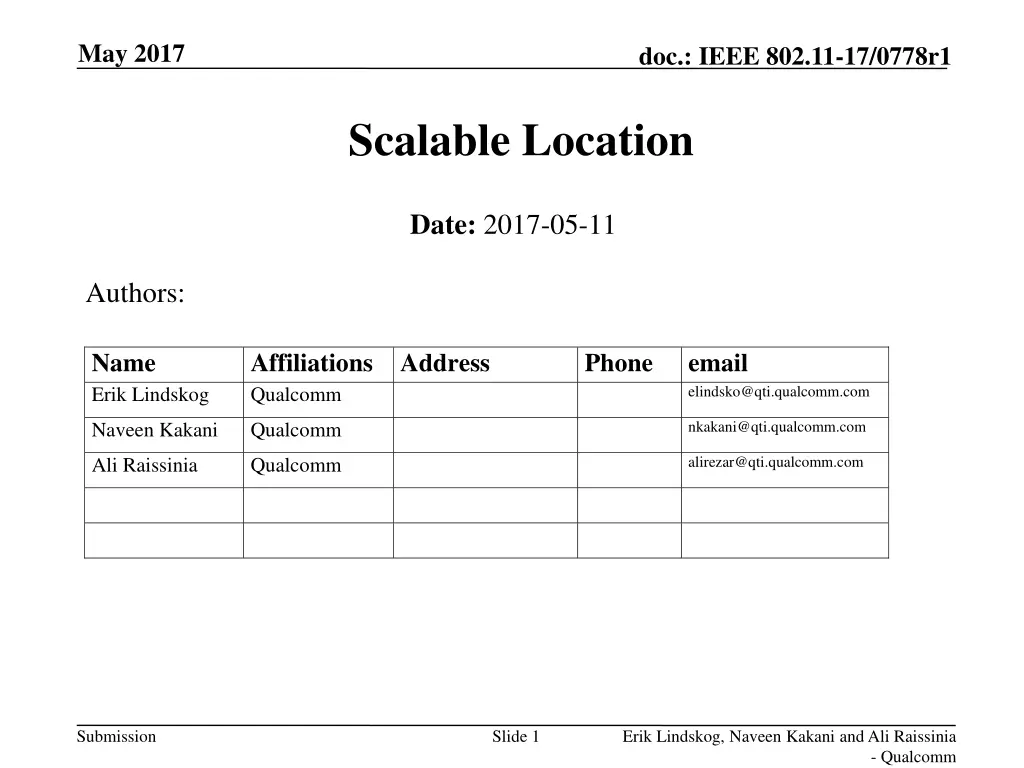
IEEE 802.11-17/0778r1 Scalable Location Proposal
This proposal advocates for a change in the IEEE 802.11az Functional Requirements Document to enable the development of a mode allowing unlimited client stations to simultaneously compute their locations, enhancing WiFi localization scalability.
Download Presentation

Please find below an Image/Link to download the presentation.
The content on the website is provided AS IS for your information and personal use only. It may not be sold, licensed, or shared on other websites without obtaining consent from the author. If you encounter any issues during the download, it is possible that the publisher has removed the file from their server.
You are allowed to download the files provided on this website for personal or commercial use, subject to the condition that they are used lawfully. All files are the property of their respective owners.
The content on the website is provided AS IS for your information and personal use only. It may not be sold, licensed, or shared on other websites without obtaining consent from the author.
E N D
Presentation Transcript
May 2017 doc.: IEEE 802.11-17/0778r1 Scalable Location Date: 2017-05-11 Authors: Name Erik Lindskog Affiliations Address Qualcomm Phone email elindsko@qti.qualcomm.com nkakani@qti.qualcomm.com Naveen Kakani Qualcomm alirezar@qti.qualcomm.com Ali Raissinia Qualcomm Submission Slide 1 Erik Lindskog, Naveen Kakani and Ali Raissinia - Qualcomm
May 2017 doc.: IEEE 802.11-17/0778r1 Abstract This presentation argues for a change to the TGaz functional requirements such as to require the development of a mode that enables concurrent location of an unlimited number of client stations. Submission Slide 2 Erik Lindskog, Naveen Kakani and Ali Raissinia - Qualcomm
May 2017 doc.: IEEE 802.11-17/0778r1 Motivation In [1] we have seen a method presented that allows for an unlimited number of client stations to concurrently estimate their position. This is achieved by employing broadcast transactions between anchoring stations (e.g. access points), that the client stations listen to and use for the calculation of their position. Thus, it is possible to develop a localization protocol that enables true scalable WiFi localization. We here argue that we therefore should make the development of such a mode part of the TGaz FRD. Submission Slide 3 Erik Lindskog, Naveen Kakani and Ali Raissinia - Qualcomm
May 2017 doc.: IEEE 802.11-17/0778r1 Proposed FRD Change Submission Slide 4 Erik Lindskog, Naveen Kakani and Ali Raissinia - Qualcomm
May 2017 doc.: IEEE 802.11-17/0778r1 Straw Poll Do you support adding the following text to the 802.11az Functional Requirements document at the end of the Scalability section? In a scalable mode with STA centric location calculation, i.e. STA terminated location calculation, the 802.11az protocol shall support an unlimited number of STAs to concurrently compute their location Y: N: A: Submission Slide 5 Erik Lindskog, Naveen Kakani and Ali Raissinia - Qualcomm
May 2017 doc.: IEEE 802.11-17/0778r1 Alternative Straw Poll Do you support modifying the 802.11az Functional Requirements document as follows? Change: TGaz R19 Support locating and tracking all associated and at least 200 unassociated STAs per AP concurrently. [Ref-10] To: TGaz R19 Support enabling an unlimited number of STAs to concurrently compute their location. [Ref-12] And point [Ref-12] to the used TGaz document. Y: N: A: Submission Slide 6 Erik Lindskog, Naveen Kakani and Ali Raissinia - Qualcomm
May 2017 doc.: IEEE 802.11-17/0778r1 References [1] Passive Location , Erik Lindskog, Naveen Kakani and Ali Raissinia, IEEE 802.11-17/0417r0. Submission Slide 7 Erik Lindskog, Naveen Kakani and Ali Raissinia - Qualcomm


